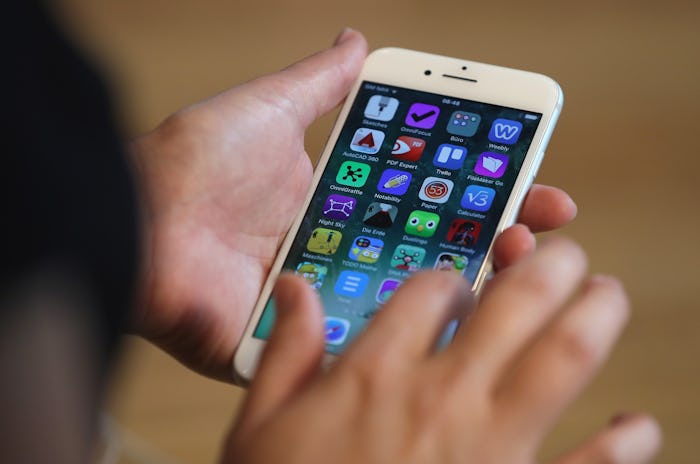
How To Make Sure Your iPhone Changes For Daylight Saving Time
Who's ready for an extra hour of sleep next month? The end of Daylight Saving Time is approaching — Sunday, Nov. 6 at 2 a.m. Eastern Time, to be precise — which means it's almost that time of year when I manage to successfully turn back 75 percent of my clocks because there's always some appliance that I always forget: I'm lookin' at you, microwave. While some time-keeping appliances require manually setting the end of Daylight Saving Time, there are many more devices that just do it automatically — unless of course, you remember the Great iPhone DST Malfunction of 2010 that has plagued the company every year since. Here's how to make sure your iPhone changes for Daylight Savings Time so you don't get burned on a missed alarm this year.
It seems surprising that the iPhone — a smartphone that has changed human communication, along with securing Apple's mobile market share of 43.6 percent — would have such a glaring bug in its iOS mobile operating system in the first place, let alone year after year despite iOS updates and overhauls. The first DST fiasco occurred when Daylight Savings Time ended in November 2010: When iOS switched back to Standard Time, iPhones turned off alarms for no real reason. In March 2011, the iPhone fell back an hour instead of springing forward, causing users to miss appointments and other events. If you're worried, there are steps you can take to make sure your iPhone reverts back to Standard Time.
Let Your iPhone Do The Work For You
According to Apple's Support page, your iPhone should automatically switch to Daylight Savings when it begins in March, and back to Standard Time when it ends in November. If you've put all your faith and trust and pixie dust in to Steve Jobs's final masterpiece, then all you have to do is go to bed on Nov. 5 and wake up the next day with a hour hour of extra sleep.
To enable iPhone's automatic time switching, go to Settings > General > Date & Time and make sure Set Automatically is toggled on. Your iPhone will then auto-update your time based on your time zone. Pro-tip: This is especially helpful when traveling across time zones, too.
Manually Set Your iPhone To Standard Time
Sometimes life — or a frustrating software bug — just happens. Or perhaps your more of a hands-on mobile user. If you are worried that your iPhone just won't make the switch to Standard Time, you can manually set the time. To manually update the date and time on the iPhone, you'll follow most of the steps as noted above: Go to Settings > General > Date & Time. Make sure Set Automatically is toggled off. From there, you can manually select your time zone, 12- or 24-time format, the date, and time.
Now, there's nothing Apple can do if you've got an early morning appointment on Sunday, Nov. 6 — but I hear the snooze function works just fine.